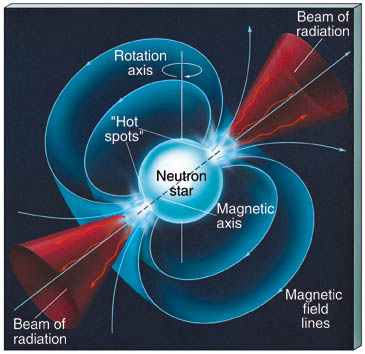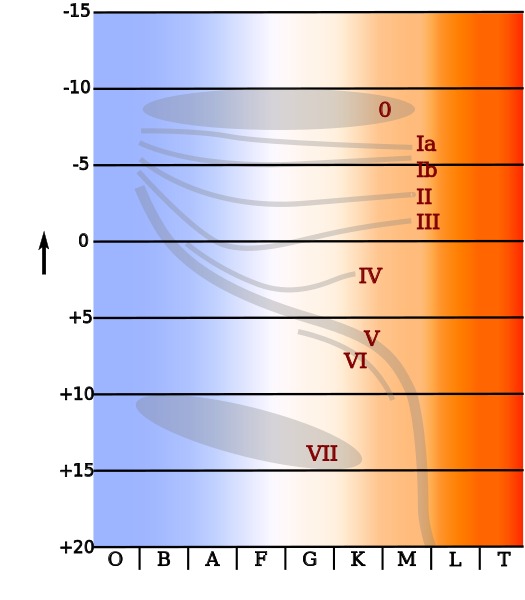This proton proton chain is most important energy source in stars with mass below 1.5 times the solar masses. At the center part of these stars, temperature is of the order of which is enough for thermonuclear reaction (thermonuclear fusion).
There are three branches (ppI, ppII and ppIII) in PP chain reaction in which about 91% of the energy is produced by the ppI chain. Below is the flow chart of the pp chain reactions.
IA – 1.44MeV produced and time
years
IB –
IC –
ID –
IIA –
IIB –
IIC –
IIIA –
IIIB –
IIIC –
IA reaction: (proton decay) The expected average time for a proton to collide with another one to form deuteron is
years, the reaction time for
core. This reaction produces 99.75% of 2H. Energy produced is 1.44 MeV.
IB reaction: This is a electron capture reaction with small probability Thanks to the slowness of IA and IB reactions that sun is still shining. If it were faster the sun would have burnt out long ago! This reaction produces 0.25% of 2H.
IC reaction: This is a very fast reaction compared to the preceding one. Thus, abundance of deuteron inside stars is very small. This is a fusion reaction and is emitted.
ID reaction: In this reaction helium is produced. This is a fusion reaction. In sun 91% of energy are produced by the proton proton chain I.
IIA reaction: This is a fusion reaction and 7Be is produced with the emission of photon.
IIB reaction: This is a proton capture reaction and Neutrino is emitted.
IIC reaction: This is a fusion reaction and helium is produced. This ppII chain reaction an about 9% He is produced by the proton proton chain II.
IIIA reaction: This is fusion with the emission of radiation. 8B is formed in this reaction.
IIIB reaction: This is a proton decay reaction and neutrino is emitted.
IIIC reaction: This reaction is a fission of 8Be into two He atoms. About 0.1% of He is produced by the proton proton chain III.







process 1a takes longer than the age the universe?
This first step is extremely slow, because the beta-plus decay of the diproton to deuterium is extremely rare (the vast majority of the time, it decays back into hydrogen-1 through proton emission)